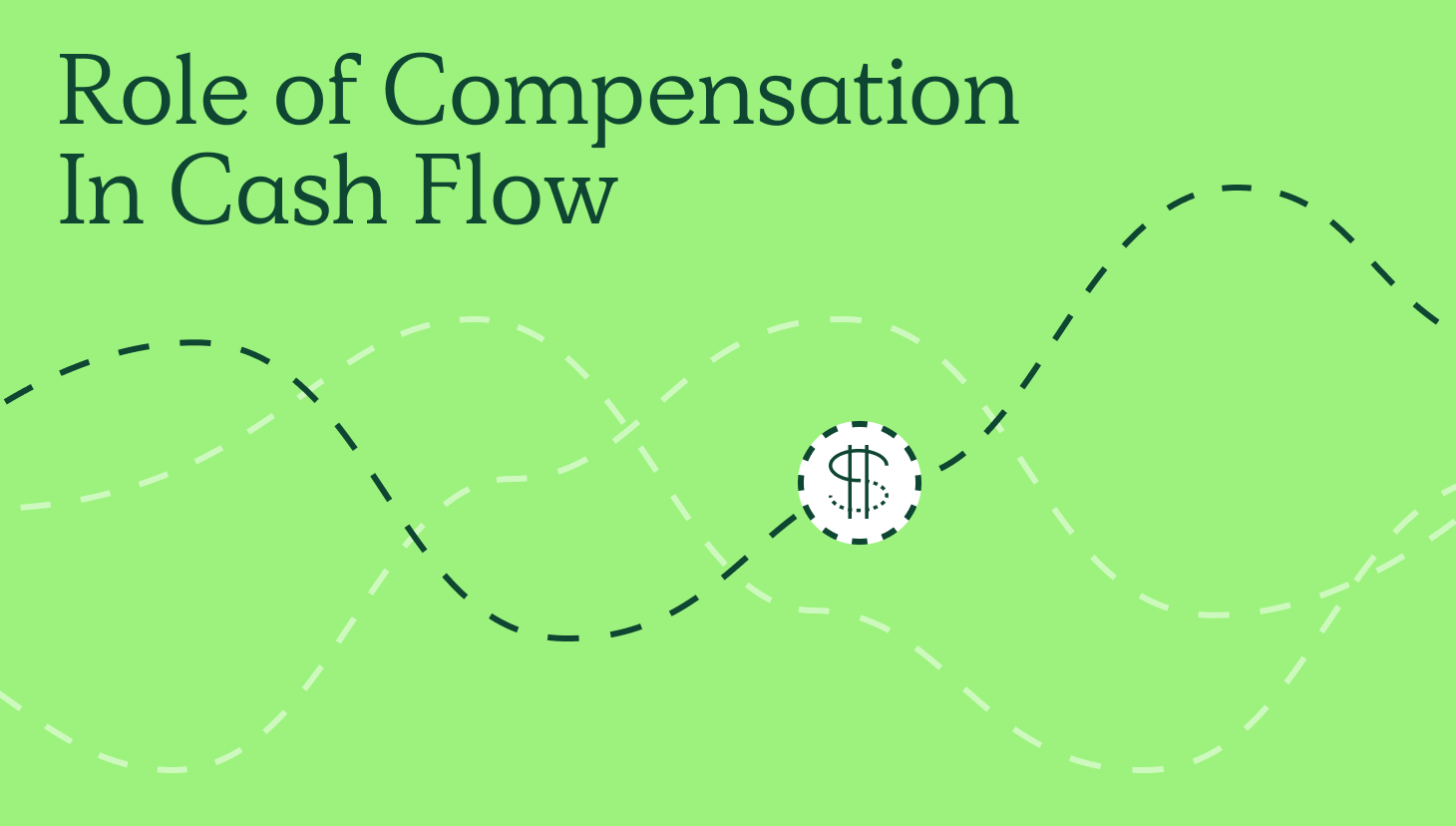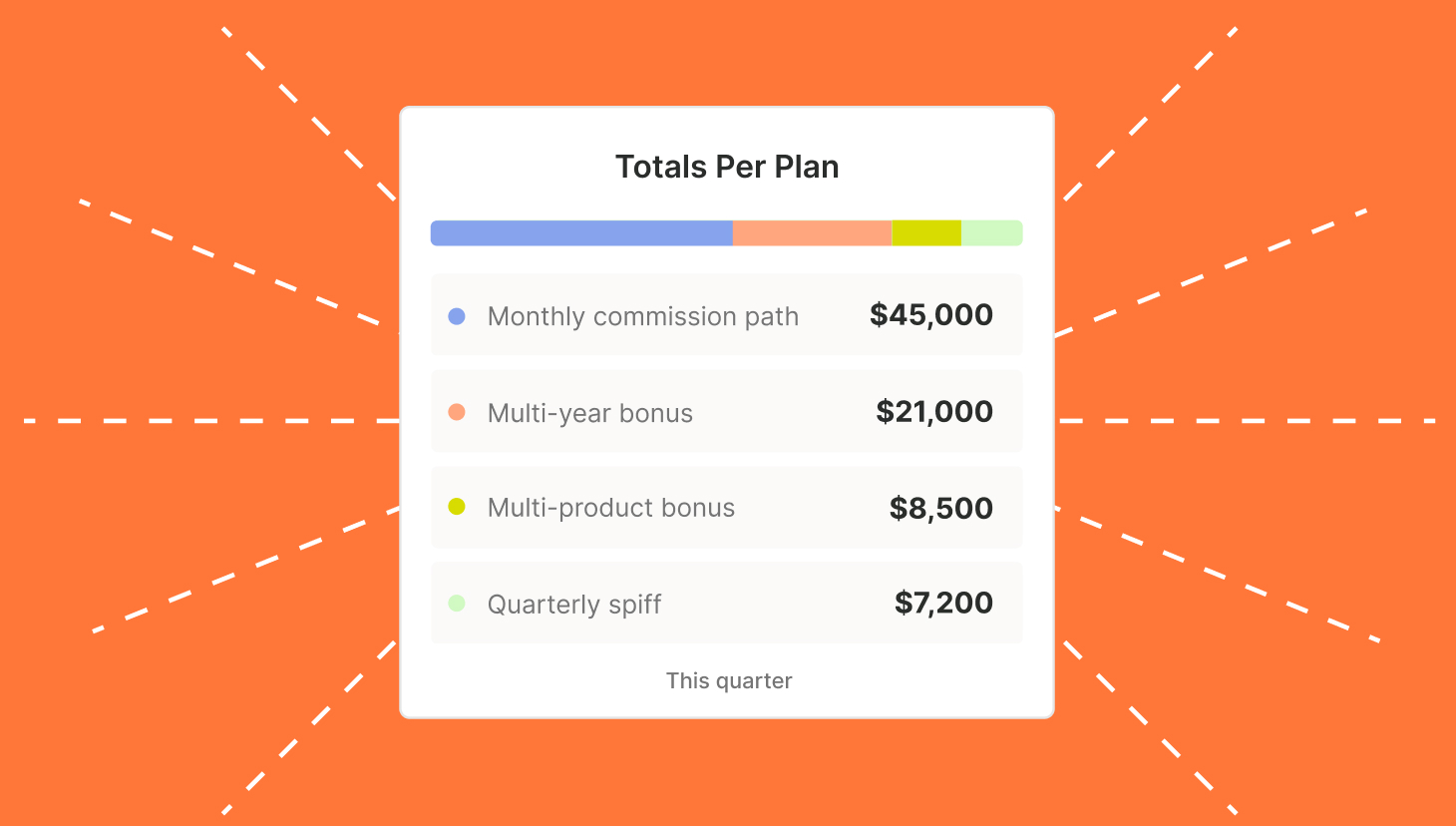This blog marks the fourth and final blog of our series featuring comp plan examples for account executives from industry leaders. In case you missed our previous posts, catch up on the first, second, and third blogs.
Despite a looming recession and ongoing tech layoffs, sales reps remain in power when it comes to their compensation. If they don’t like your plan, they’ll hop to the next highest-paying company.
“Your comp plan is one of the biggest recruiting tools to attract top reps,” said Andrew de Geofroy, SVP, Global Revenue Platform for Quantive.
At a time when rep tenure continues to shrink, compensation packages also act as a driver in retaining your reps.
Just ask Mark Roberge, Managing Partner at Stage 2 Capital, who received nearly a dozen resumes from reps looking for different opportunities after their leadership introduced an unfavorable comp plan. (Check out his thoughts on how to successfully communicate comp plan changes.)
Companies have to get compensation right in 2023.
But it’s never been simple, despite our incessant calls for simpler plans.
“The number of people who come to me and ask me to build their comp plan is startling,” said Beekeeper CRO Kevin McKeown.
To help, we asked Andrew, Kevin, and Insight Partners EVP, Sales & Customer Success Hilary Headlee and Operating Partner, Sales & Customer Success Pablo Dominguez to share their compensation best practices.
Plus, our four contributors shared their top comp plan examples for account executives below.
Hilary: Shorter quota periods
“It can be really tough to look into the crystal ball and get your comp plan accurate for the year,” Hilary said.
To overcome this, Hilary suggested rolling out quotas on a quarterly or bi-annual basis (depending on the role) in place of an annual quota.
“This approach takes a lot of trust from your sellers to not see an annual number,” Hilary said.
It can also be arduous for the Finance and Ops team to maintain and roll out, but that shouldn’t be a dealbreaker.
“You can make modifications once a year or a couple of times a year if you need to, especially if you’re rolling out a new product-led growth motion, or jumping into e-commerce or a new market,” Hilary said.
Andrew: Factor ramp time
Assume all new hires will not be productive toward quota until fully ramping up. Set your ramp times to align with sales cycles, and be prepared to adjust them if your sales cycles change.
For example, Andrew’s company switched from a 90-day ramp-up to a 6-month one because the former didn’t account for their long, enterprise sales cycles.
Now it’s six months, and reps have a $0 target until they fully ramp.
However, should they book business, the rep retires that quota earns commissions, and moves toward the accelerator bands.
Pablo: Tease it with a “focus group” of reps
Once you have the initial compensation plan created, Pablo recommends testing it through your best first-line manager or your best rep.
This will allow you to get a sense of how other reps will perceive it or take advantage of it.
“Ask them, ‘if we made this change, how would you react?’” said Pablo. “Would it change your behavior? See what they say. Get their feedback.”
They’ll let you know how they would game it.
“Your best reps always want what’s best for the company and themselves, so they’ll usually be honest and help you understand if the plan changes will land well,” Pablo said.
Comp plan examples

Kevin’s plan to increase the health of early-stage companies:
Does your customer acquisition cost greater than one year? Multi-year deals can help ensure your business has lifetime value.
To lock in those multi-year deals, incentivize your reps to sell them by building accelerators into your comp plan. Every additional year after one year rewards a higher commission rate.
“We’re early stage, we’re trying to get CAC under 1 year,” Kevin said. “Until we can get our top-of-funnel more efficient and CAC in line, these multi-years are what makes the unit economics really healthy.”
View Kevin’s Plan: Commission with Multi-Year Accelerators

Hilary’s plan to lock out the competition:
Becoming a “category king” is often the goal of many new startups.
To help carve out your business as the category leader, consider paying AEs on a plan that includes Commission with Multi-Year Accelerators.
Longer contracts typically mean your competition can’t get to them at least until your contract is up. The more multi-year deals your team sells, the larger the impact on your targeted market, and the fewer chances your competition can sneak in to scoop your clients.
“Multi-year contracts also show that it’s a good deal,” Hilary said. “If somebody is willing to sign up and sign a contract, and really not be able to get out of it for two, three or four years, they are buying into what that rep is selling and positioning from a value standpoint.”
View Hilary’s Plan: Commission with Multi-Year Accelerators


Pablo’s early-stage accelerator plan:
“For an early-stage company between zero to $10 million in annual recurring revenue, I love a flat-rate commission with an accelerator,” Pablo said.
A plan such as Pablo’s maintains simplicity but pays competitively with the added incentive of the accelerator.
While the above modeler activates a 1.5x accelerator once the rep passes 100% quota, Pablo’s ideal plan would actually include an accelerator 2x that of the flat commission rate.
“When I worked in a public company and a private company, I never had accelerators less than 2x, and then I bumped to 3x,” Pablo said. “I love to pay those top 10% of reps a shitload.”
View Pablo’s Plan: Commission with Accelerators
About Compensation Hub
QuotaPath’s newest (free) resource, Compensation Hub, invites Sales, RevOps, and Finance leaders to discover, compare, customize, and share compensation models. Strike the right balance between pay and performance to successfully align your compensation to your business strategy.
About QuotaPath
QuotaPath provides a sales compensation and commission tracking platform for revenue teams large and small. Handling some of the most complex comp plans out there, we pair a simple user experience with a highly technical backend. QuotaPath is the only solution fit to get Sales, RevOps, and Finance all on the same page.
To see how we fit into your tech stack, check out our integrations page. To learn more, book a time with a member of our team today.



